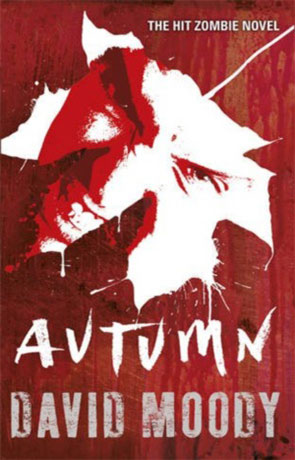

Moody finishes the story in an efficient way, stopping anyone from wondering whether there could be a sixth book in the series (even with the completely unnecessary epilogue tacked at to the end). Beginning 26 days after the infection and concluding with an epilogue set two years later, it spans a remarkable length of time.

But it was the second definition that struck me: a new growth of grass following mowing or ploughing.’Īutumn: Aftermath is the fifth and final book in David Moody’s Autumn series. The first was obvious, the one that everybody knows: something that follows after a disastrous or unfortunate event, like the aftermath of a war. This would have been a majorly disorienting read if I wasn’t already familiar with the events of the previous books (especially Autumn: Purification, which is the catalyst for most of the events contained within). Survivors from the earlier novels appear and their backgrounds are hardly explored.

However, you must read the first three books in the Autumn series before you give Autumn: Aftermath a try. A new group was introduced in the fourth installment, but they don’t appear until a few chapters into this book and their origin story is thoroughly recapped. It doesn’t seem as though I missed anything, though. I didn’t realise I’d skipped the fourth book in the Autumn series – Autumn: Disintegration – until I was over halfway through Autumn: Aftermath.


 0 kommentar(er)
0 kommentar(er)
